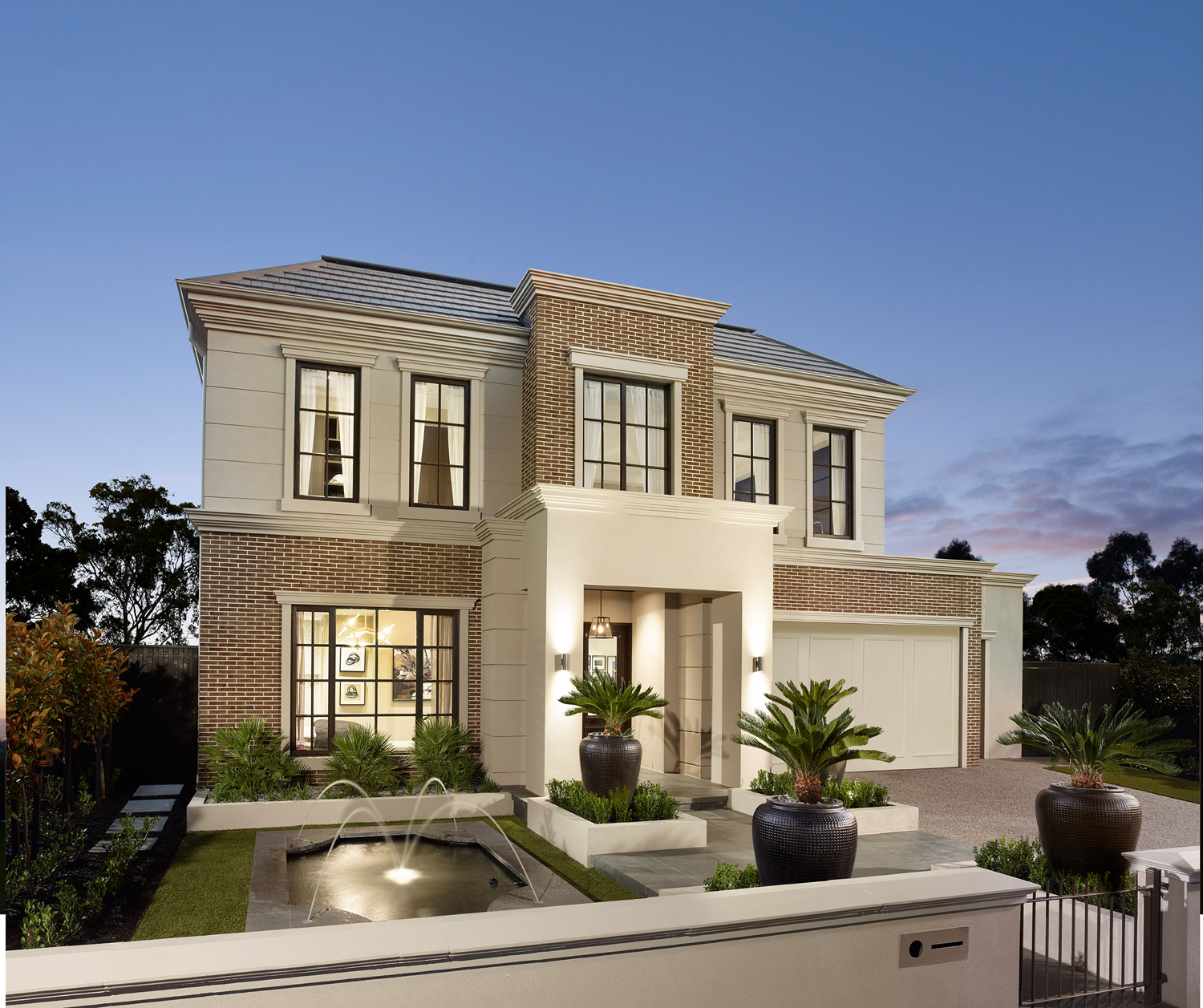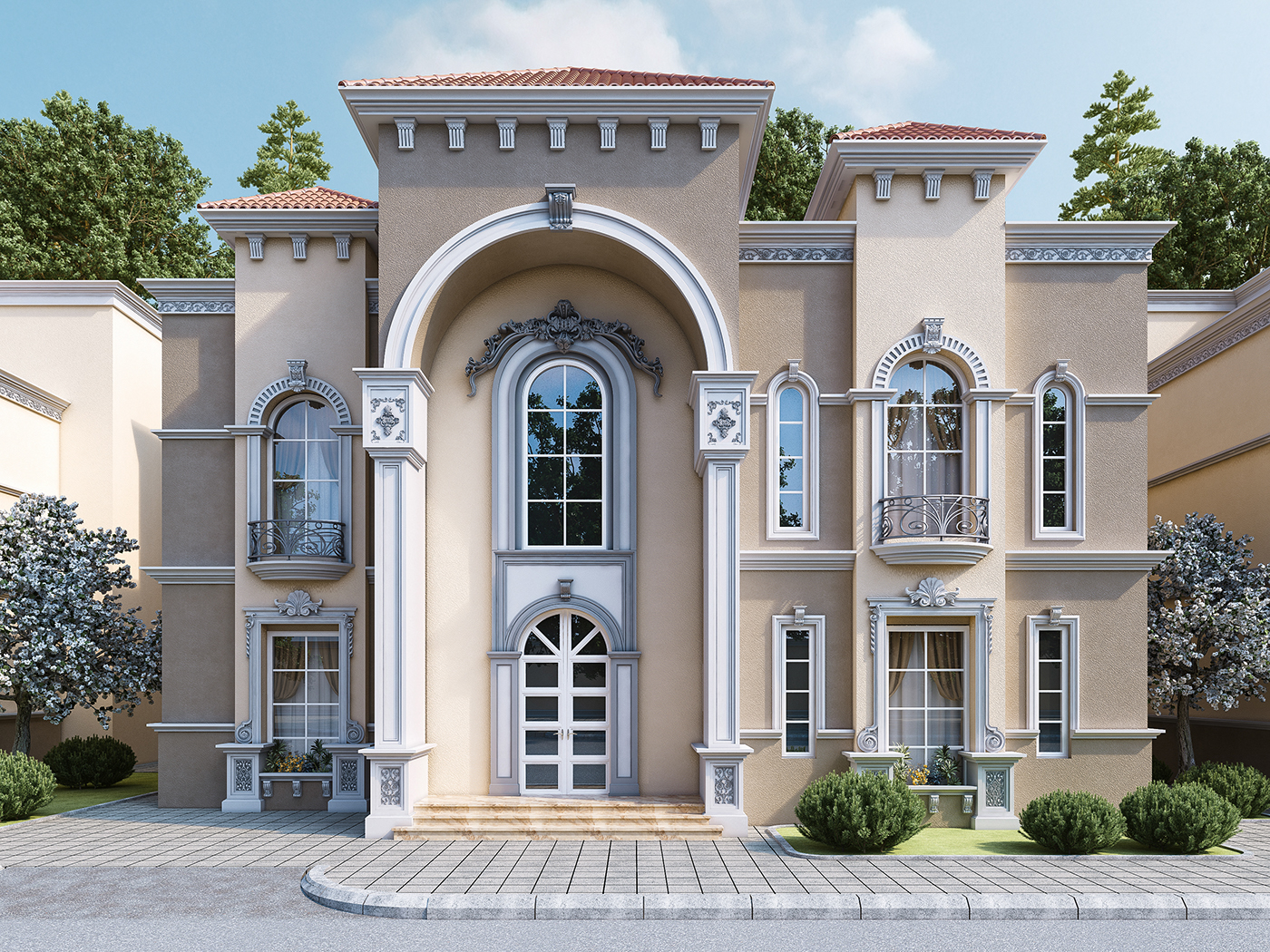Defining Classic Home Design

Classic home design refers to a timeless and elegant architectural style that has endured for centuries. It is characterized by its emphasis on symmetry, proportion, and the use of traditional materials and details.
Classic home designs typically feature symmetrical facades, with a central entrance flanked by windows on either side. The exteriors are often made of brick, stone, or stucco, and may include decorative elements such as columns, pilasters, and cornices. The interiors are typically spacious and well-lit, with high ceilings, large windows, and hardwood floors.
Architectural Elements, Classic home design
Classic home designs incorporate a range of architectural elements that contribute to their timeless appeal. These elements include:
- Symmetry: Classic homes are characterized by their symmetrical facades, which create a sense of balance and order.
- Proportion: The proportions of a classic home are carefully calculated to create a pleasing aesthetic effect. The height of the house is typically in proportion to its width, and the windows and doors are sized to complement the overall design.
- Columns: Columns are a common feature of classic home designs. They can be used to support the roof, frame the entrance, or add a decorative touch.
- Pilasters: Pilasters are similar to columns, but they are attached to the wall and do not support any weight. They are often used to create a sense of depth and dimension.
- Cornices: Cornices are decorative moldings that run along the top of the walls or around the windows and doors. They add a touch of elegance and sophistication to a classic home.
Materials
Classic home designs typically use traditional materials such as brick, stone, and stucco. These materials are durable and weather-resistant, and they give a classic home a timeless look. Wood is also a common material used in classic homes, particularly for flooring, cabinetry, and trim.
Classic home design embraces timeless elements that transcend trends, evoking a sense of enduring elegance. While traditional styles may prioritize symmetry and clean lines, some homeowners delve into the realm of the extraordinary, exploring the captivating world of gothic house interior.
This architectural style, characterized by pointed arches, intricate carvings, and dramatic lighting, infuses a home with an aura of mystery and intrigue. Yet, even in its most elaborate forms, classic home design maintains an underlying thread of sophistication and timeless appeal.
Color Schemes
Classic home designs often use neutral color schemes, such as white, cream, and beige. These colors create a sense of calm and serenity, and they allow the architectural details to take center stage. However, classic homes can also incorporate bolder colors, such as red, blue, and green. These colors are often used as accents, to add a touch of personality and style.
Classic home design, with its timeless elegance and enduring appeal, has been reimagined by the talented hands of black interior designers. Their innovative vision and appreciation for cultural heritage have infused classic styles with a fresh perspective, creating spaces that are both sophisticated and soulful.
The result is a harmonious blend of traditional elements and contemporary touches, where the past meets the present in a seamless and captivating embrace.
Enduring Appeal
Classic home design has endured for centuries because it is a style that is both timeless and elegant. Classic homes are well-proportioned, well-built, and aesthetically pleasing. They create a sense of comfort and stability, and they can be adapted to suit a variety of lifestyles.
Classic home design is also relevant in contemporary architecture. Many modern homes incorporate classic elements, such as symmetry, proportion, and the use of traditional materials. This is because classic design principles create homes that are both beautiful and functional.
Key Elements of Classic Home Design

Classic home design is characterized by its timeless elegance, symmetry, and proportion. These elements work together to create a sense of balance and harmony that is both inviting and aesthetically pleasing.
Symmetry is one of the most important elements of classic home design. It refers to the balanced arrangement of elements on either side of a central axis. This can be achieved through the use of identical windows, doors, and other architectural features. Symmetry creates a sense of order and stability, which is essential for creating a classic home.
Proportion
Proportion is another key element of classic home design. It refers to the relationship between the different elements of a home, such as the size of the windows to the size of the walls, or the height of the ceilings to the width of the rooms. Good proportion creates a sense of harmony and balance, which is essential for creating a classic home.
Balance
Balance is the final key element of classic home design. It refers to the distribution of visual weight throughout a home. This can be achieved through the use of furniture, artwork, and other decorative elements. Good balance creates a sense of stability and unity, which is essential for creating a classic home.
The key elements of classic home design can be incorporated into modern home designs in a variety of ways. For example, symmetry can be achieved through the use of identical furniture pieces on either side of a fireplace, or by using a balanced arrangement of windows and doors. Proportion can be achieved by using furniture and accessories that are in proportion to the size of the room, and by using a consistent scale throughout the home. Balance can be achieved by distributing furniture and accessories evenly throughout a room, and by using a variety of textures and colors to create visual interest.
Inspiring Classic Home Interiors

Creating classic home interiors that exude timeless elegance is an art form that combines traditional elements with modern touches. By embracing the enduring beauty of traditional furnishings, textiles, and accessories, and seamlessly blending them with contemporary accents, you can create a space that is both inviting and sophisticated.
Traditional Furnishings
Classic home interiors often feature traditional furnishings that have stood the test of time. These pieces are typically made from high-quality materials such as mahogany, walnut, or oak, and feature intricate carvings and moldings. Traditional sofas, armchairs, and dining tables are often upholstered in rich fabrics such as velvet, damask, or leather, adding a touch of opulence to the space.
Textiles and Accessories
Textiles play a vital role in creating a classic home interior. Choose fabrics with timeless patterns such as stripes, florals, or damask, and use them to upholster furniture, create curtains, and add decorative accents. Accessories such as lamps, vases, and sculptures can also add a touch of classic elegance to your home. Look for pieces with intricate details and timeless designs that will complement your traditional furnishings.
Blending Classic and Modern
While traditional elements form the foundation of a classic home interior, incorporating modern touches can create a cohesive and inviting space. Consider mixing traditional furniture with contemporary pieces, or using modern fabrics and accessories to update the look of your classic furnishings. By carefully blending the old and the new, you can create a space that is both stylish and comfortable.